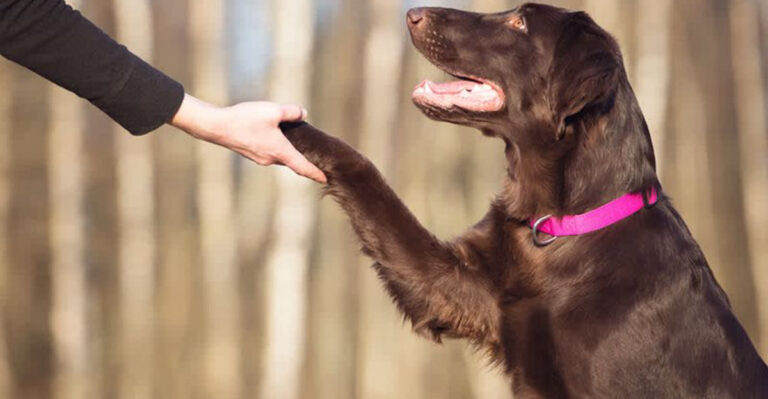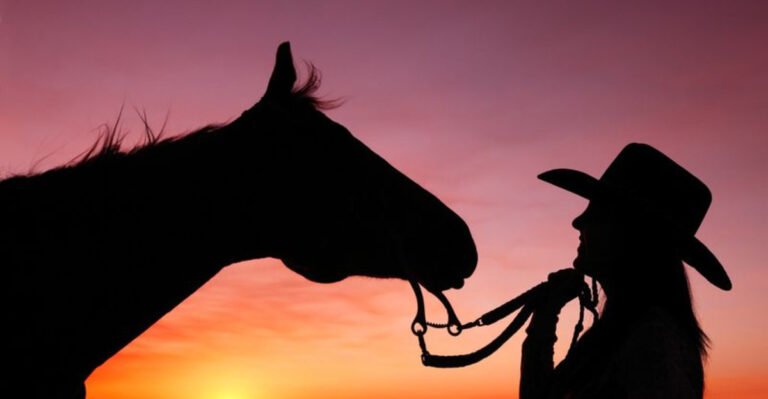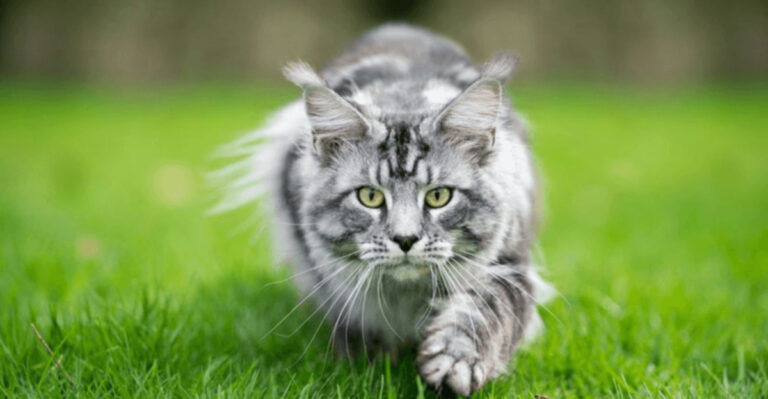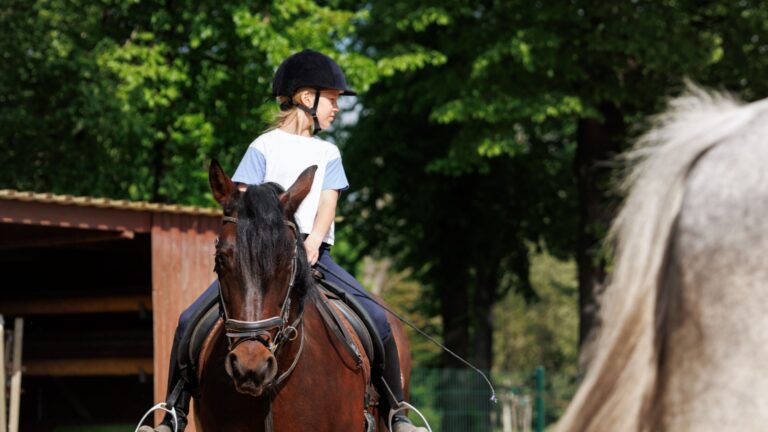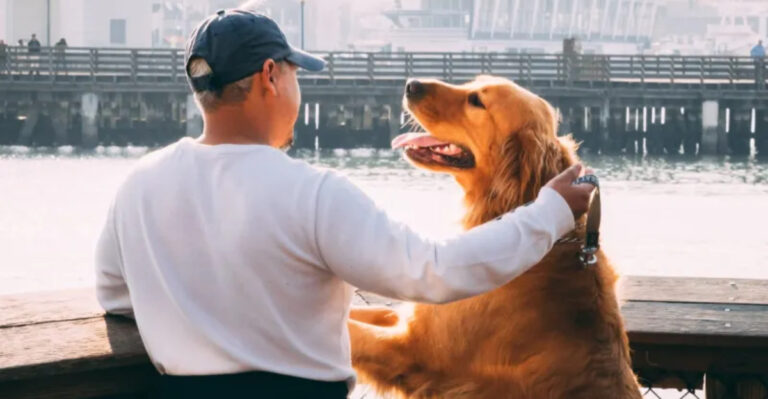13 Ways Dogs Show Affection And 2 Signals That Could Indicate Trouble
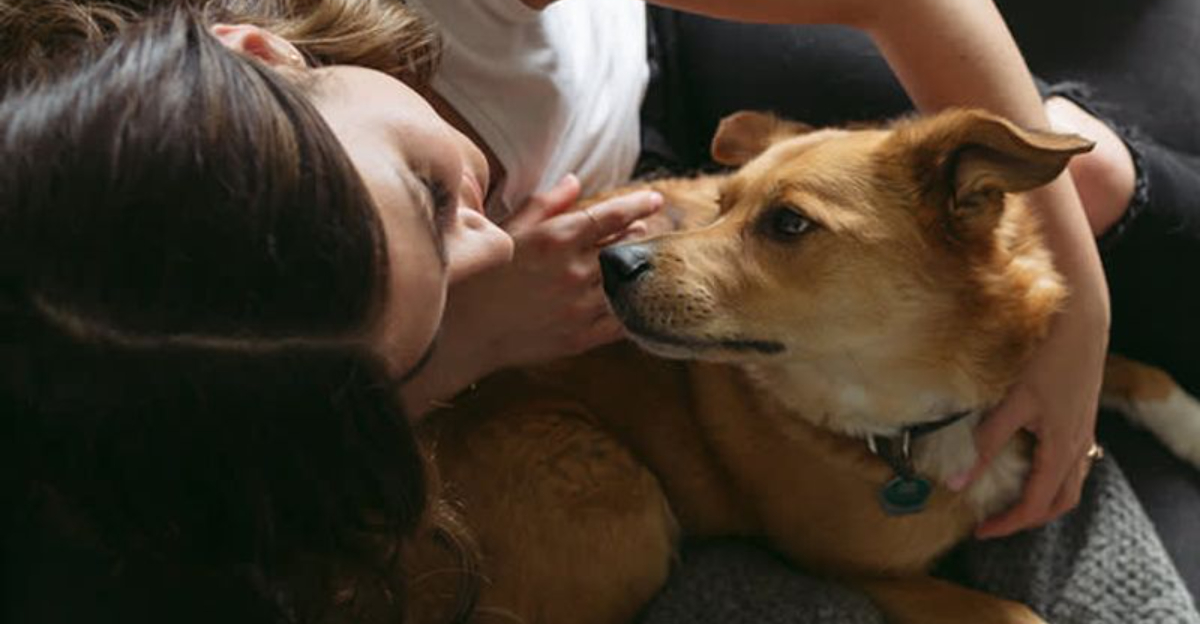
Dogs communicate their feelings in fascinating ways that go beyond simple barks and whines. Understanding these canine signals helps strengthen the bond between you and your furry friend.
Whether through body language or behaviors, dogs have developed unique methods to express their love – and occasionally, to signal when something isn’t quite right.
1. Tail Wagging
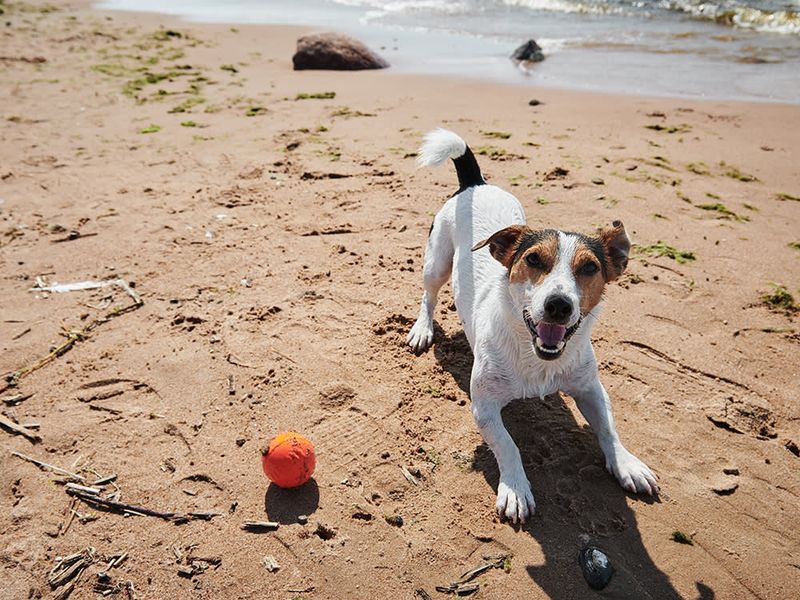
Not all wags are created equal! A loose, full-body wag typically signals joy, while a stiff, high wag might indicate alertness or even aggression.
Speed matters too—rapid wagging usually means excitement, while slower movement can show uncertainty. Pay attention to the position and rhythm to truly understand what your pup is feeling.
2. Licking You
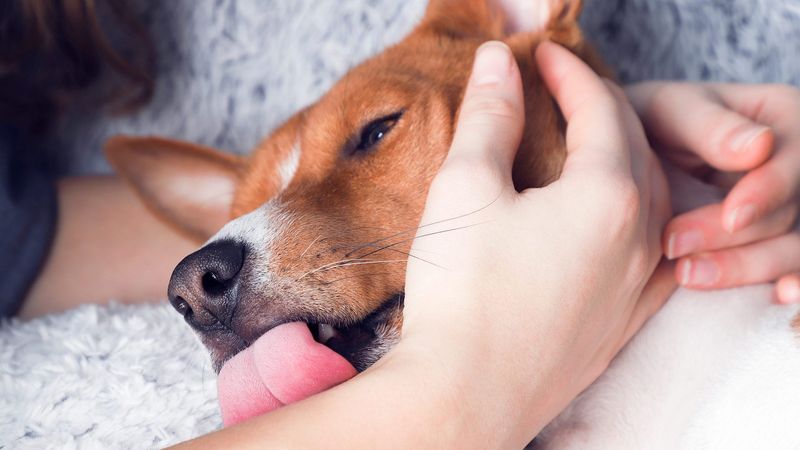
Those slobbery kisses have deep meaning! In the wild, wolf pups lick their mother’s mouth to trigger food regurgitation—gross but true!
Your dog’s licks are an evolutionary behavior showing respect and affection. Some pups also lick to gather information about where you’ve been or what you’ve eaten, combining curiosity with care.
3. Cuddling
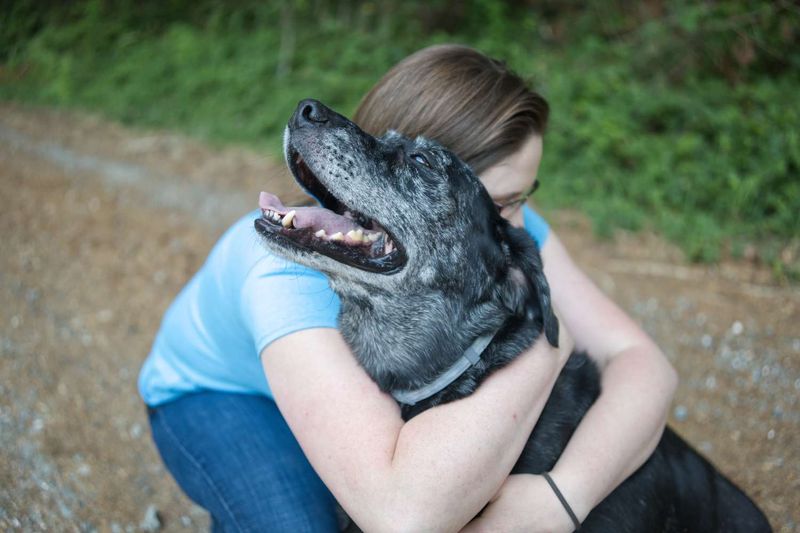
Remember how puppies sleep in piles with their littermates? That instinct stays with them forever. When your dog snuggles against you, they’re recreating that safe, warm feeling from puppyhood.
Dogs are pack animals by nature, and physical closeness reinforces their sense of belonging and security with their chosen family—you!
4. Following You Everywhere
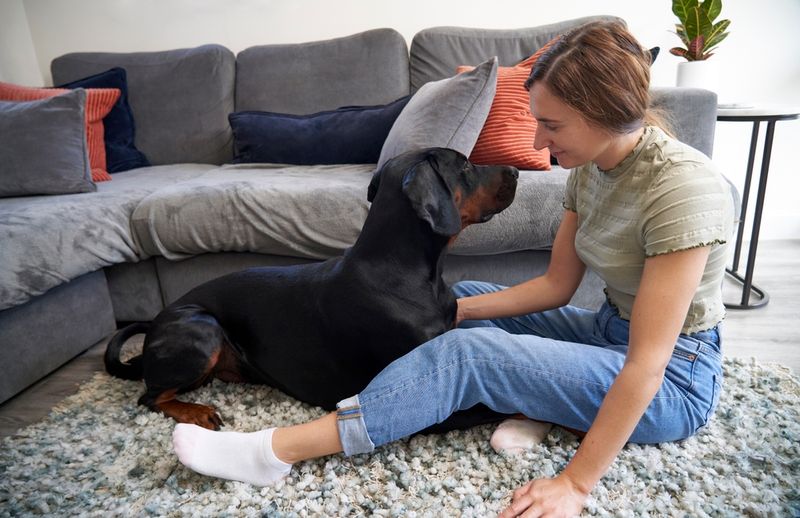
Your furry shadow isn’t being clingy—they’re showing devotion! Dogs are naturally social creatures who view you as their pack leader and source of safety.
This behavior dates back to their wolf ancestors who traveled together for protection and companionship. Even bathroom follows are actually compliments—your dog considers you worth protecting during vulnerable moments!
5. Resting Their Head on You
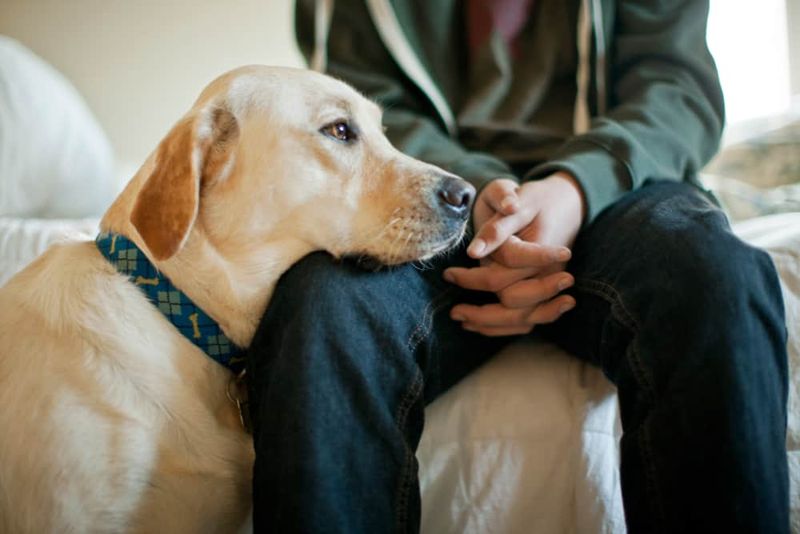
That sweet moment when your dog places their head on your lap speaks volumes. It’s a gesture of complete trust, showing they feel safe enough to be vulnerable with you.
The physical connection releases oxytocin—the bonding hormone—in both you and your dog. Many canines specifically choose this intimate contact to strengthen your emotional connection.
6. Bringing You A Toy
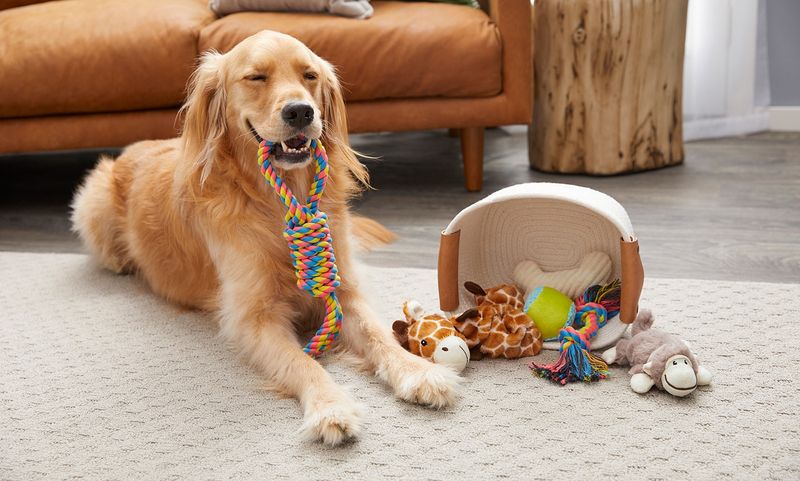
Your dog’s favorite squeaky duck isn’t just a play invitation—it’s a precious gift! Dogs rarely share their valued possessions with those they don’t trust completely.
This gesture mirrors wild canine behavior where pack members share resources. When your pup brings you their treasured toy, they’re essentially saying, “You’re special enough to share my most prized possession with.”
7. Sleeping On Your Feet
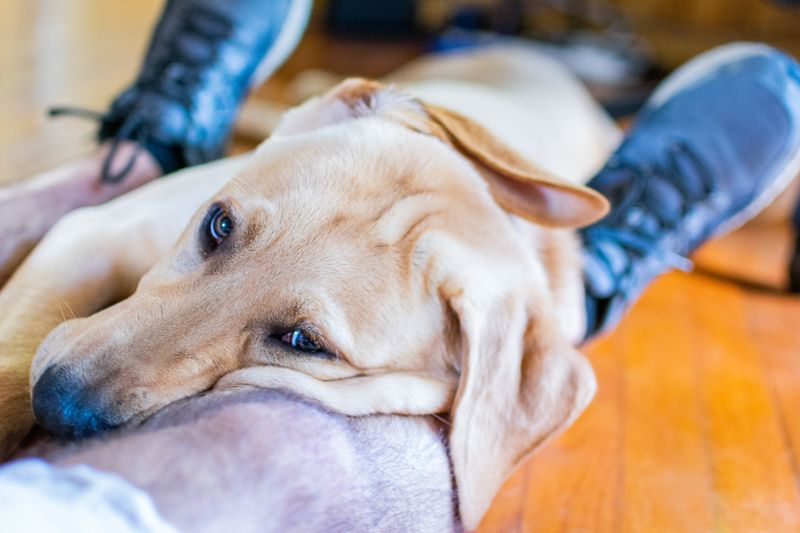
Those warm paws on your feet serve a deeper purpose than just keeping them toasty! This position allows your dog to feel your movements instantly, an instinctive protective behavior.
Ancestrally, wild dogs slept in strategic positions to guard pack members. Your furry guardian is simultaneously showing affection while fulfilling their self-appointed duty as your protector.
8. Leaning Against You
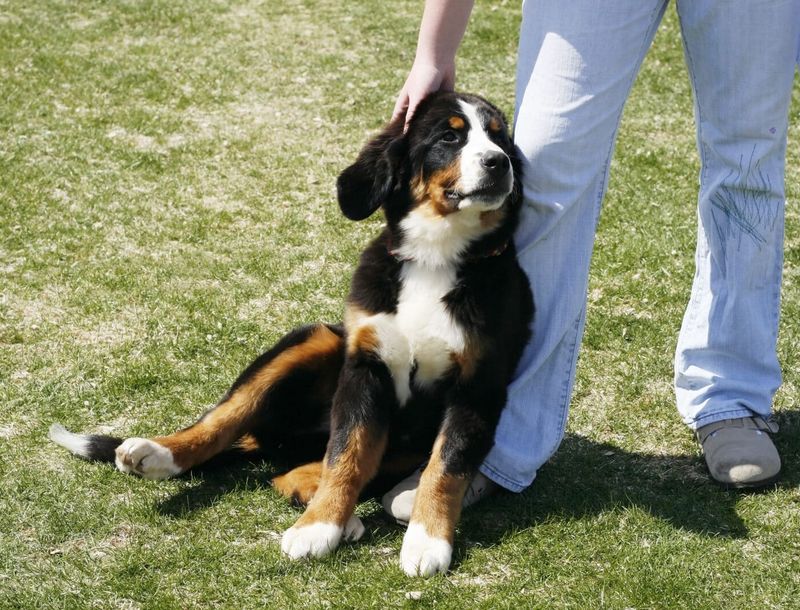
That furry body press isn’t just about physical contact—it’s a profound display of trust. By leaning their weight against you, your dog shows they believe you’ll support them both physically and emotionally.
This behavior creates a mutual energy exchange between you and your pup. Many trainers consider this one of the purest forms of canine affection since it requires vulnerability.
9. Eye Contact
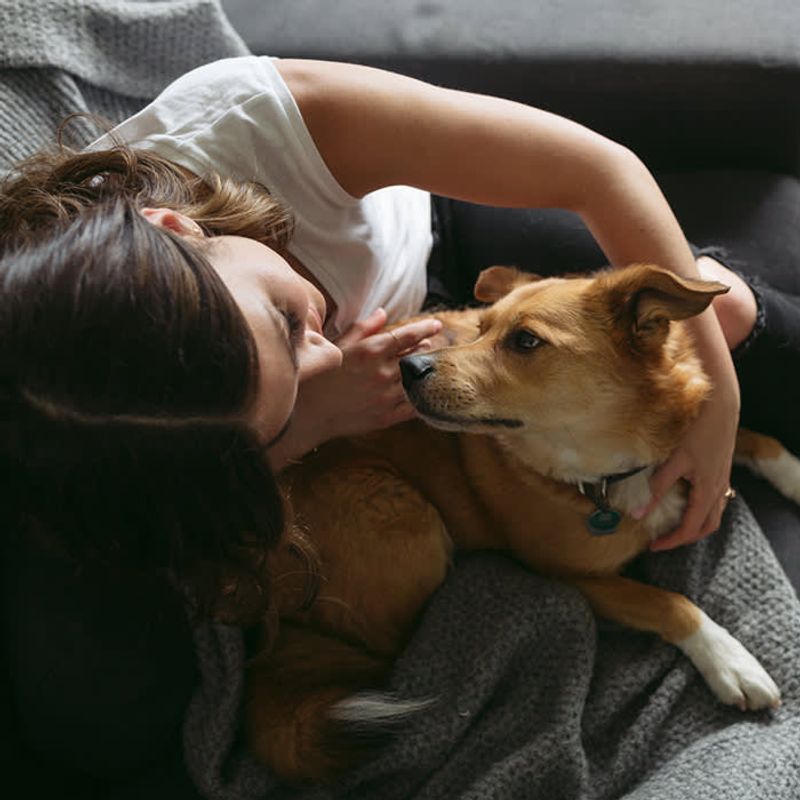
Those soulful gazes actually trigger chemical reactions! Studies show mutual eye contact between dogs and humans releases oxytocin—the same bonding hormone mothers feel with newborns.
Wild canines typically avoid direct eye contact as it signals aggression. Your dog’s willingness to lock eyes with you represents an evolutionary adaptation specifically for human-canine relationships—a unique bond developed over thousands of years.
10. Wagging Their Entire Body
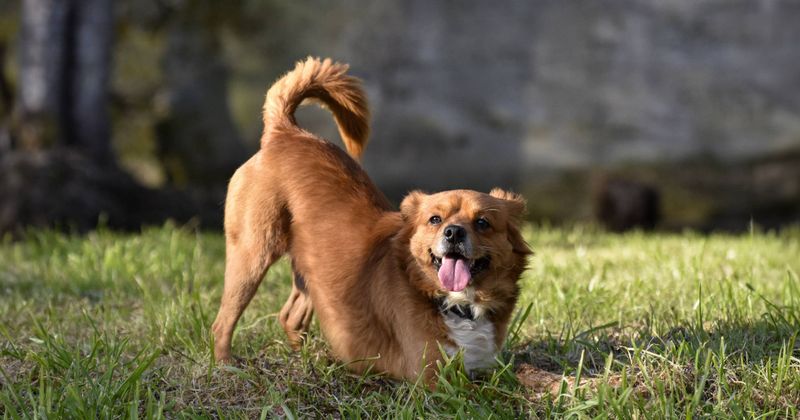
The full-body wiggle is pure, unfiltered joy! Unlike a simple tail wag, this whole-body movement shows your dog literally can’t contain their excitement at seeing you.
Puppies first display this behavior when greeting their mothers. When your adult dog greets you this way, they’re showing the same level of delight they felt as a puppy reuniting with their first love.
11. Rolling Over For Belly Rubs
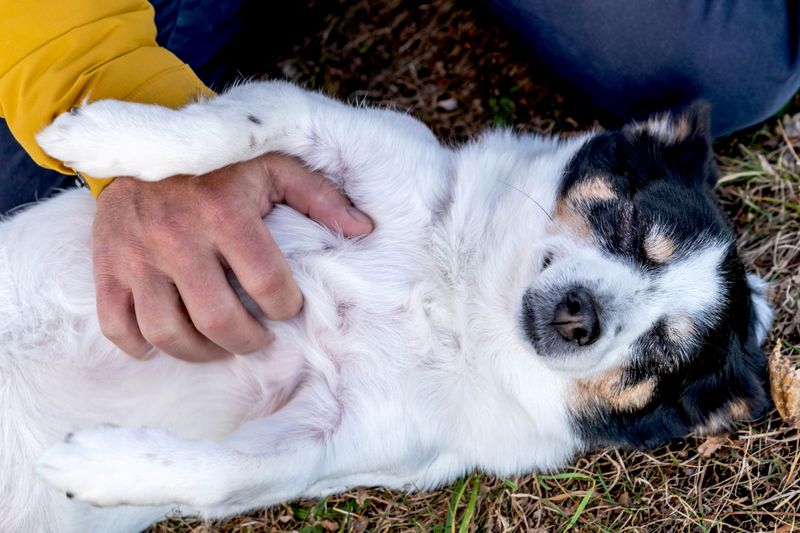
Exposing the belly is the ultimate canine vulnerability! In dog language, this position says, “I trust you completely with my most sensitive area.”
The belly contains vital organs and represents a dog’s most defenseless spot. When your pup flops over for rubs, they’re demonstrating absolute faith in your intentions—a profound compliment from a species with wild predator ancestry.
12. Excited Greetings
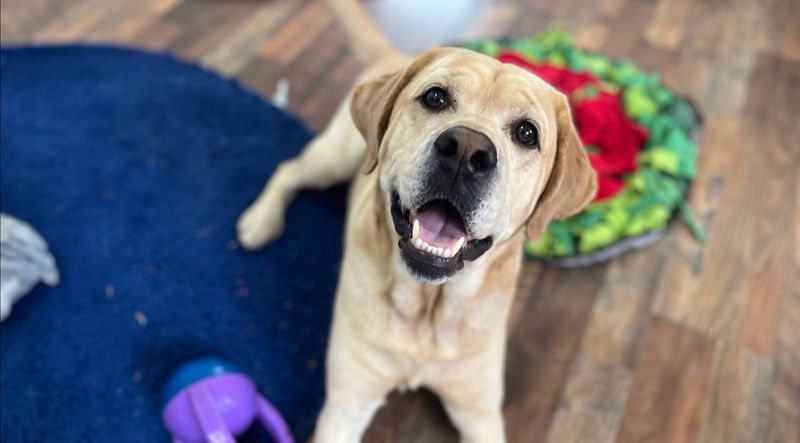
That frenzied welcome ritual—jumping, spinning, maybe even happy barking—is your dog’s version of shouting “YOU’RE HOME!” Their overwhelming reaction stems from genuine relief at your return.
Dogs experience time differently than humans. Even short separations can feel significant to them, making reunions genuinely emotional events. Your pup’s enthusiastic greeting is their heartfelt celebration of your bond.
13. Protecting You
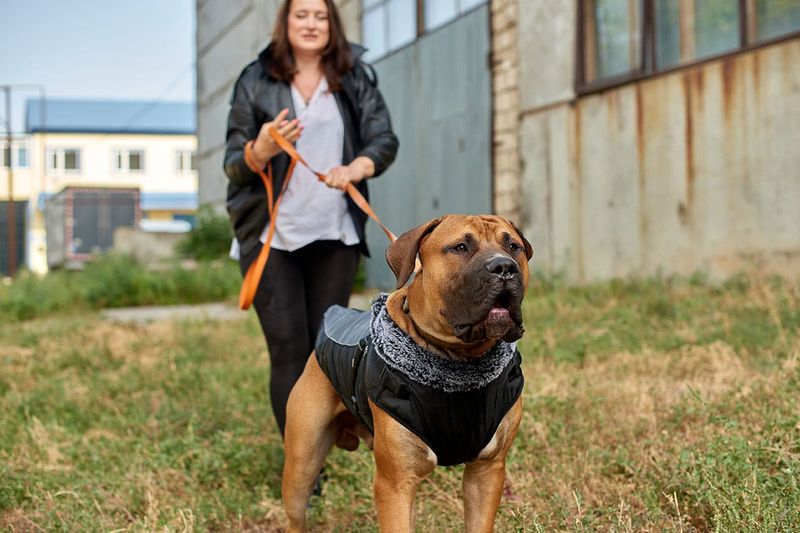
That alert posture when strangers approach isn’t aggression—it’s devotion! Your dog considers you part of their pack and naturally assumes the role of guardian.
This protective behavior dates back to their wild ancestors who defended pack members from threats. Even small breeds display this instinct, showing that courage comes in all sizes when it comes to protecting those they love.
14. Excessive Chewing
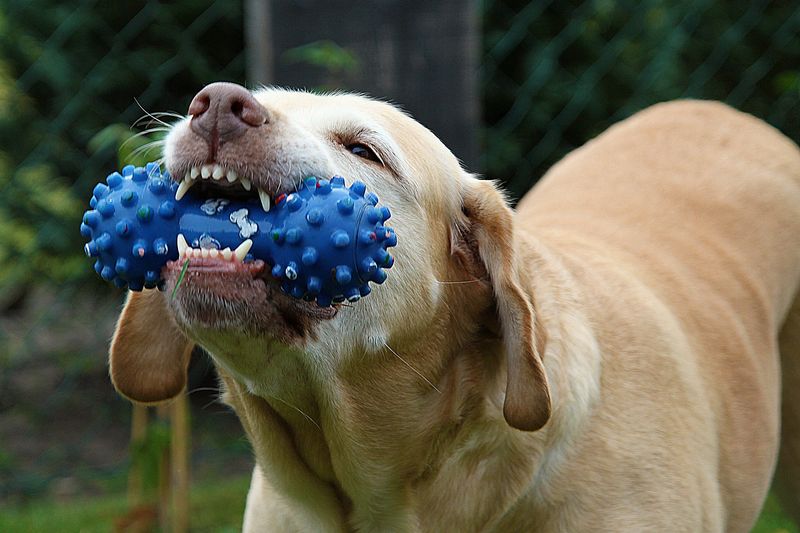
Destroyed shoes might not be simple mischief! Destructive chewing often signals underlying anxiety or boredom that needs addressing.
Dogs naturally explore with their mouths, but targeting household items repeatedly suggests emotional distress. Watch for patterns—chewing that intensifies when you’re away could indicate separation anxiety, while consistent destruction may point to insufficient mental stimulation.
15. Aggressive Behavior
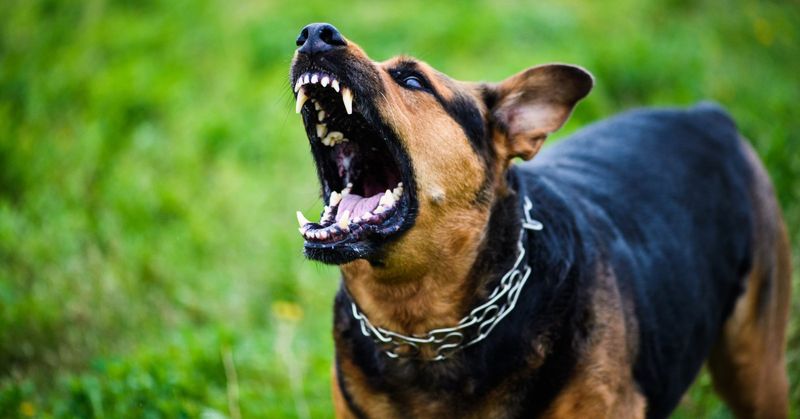
Sudden growling or snapping deserves attention, not punishment! These warning signals typically indicate fear, pain, or resource guarding rather than meanness.
Dogs rarely become aggressive without reason. Look for triggers—do they growl when touched in specific areas (possible pain) or when approached while eating (resource guarding)? Professional help from a certified behaviorist can identify and address the underlying cause.

